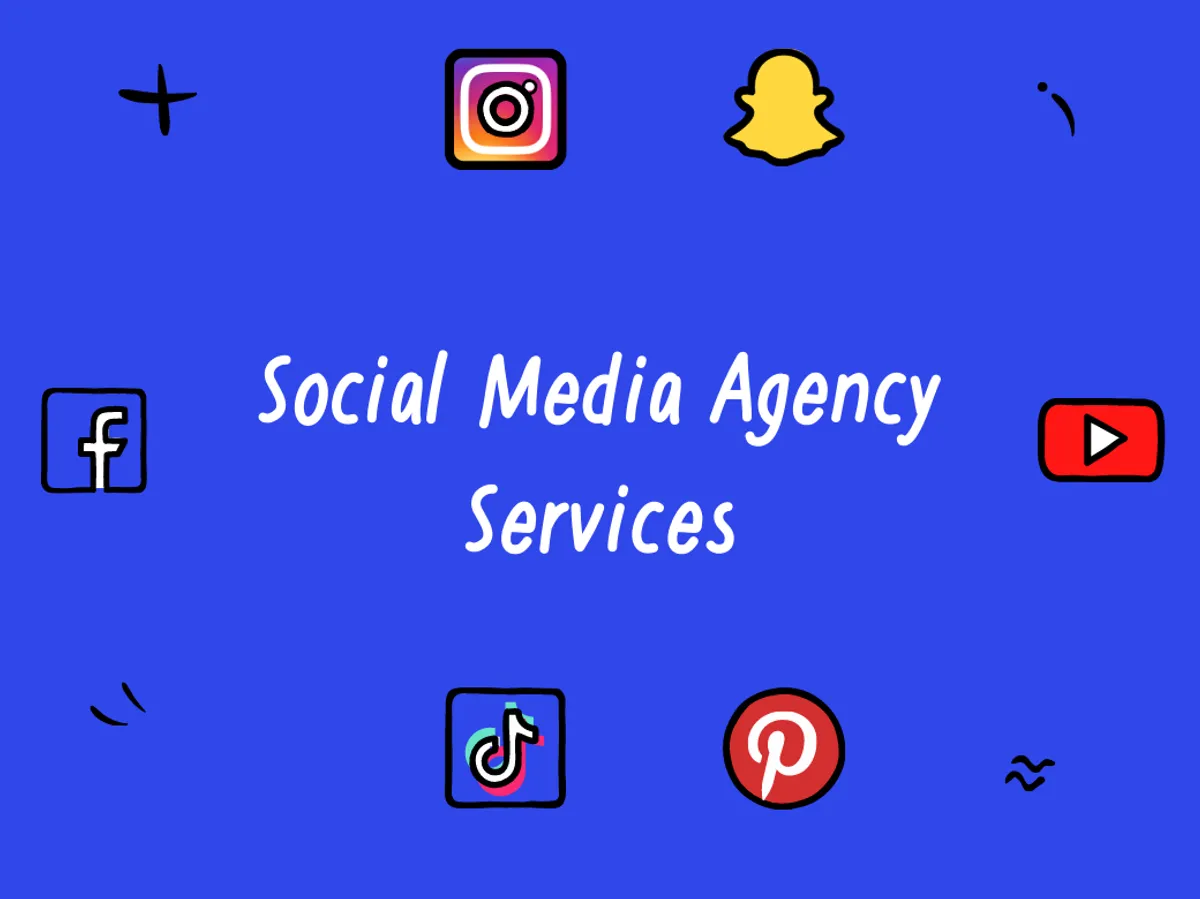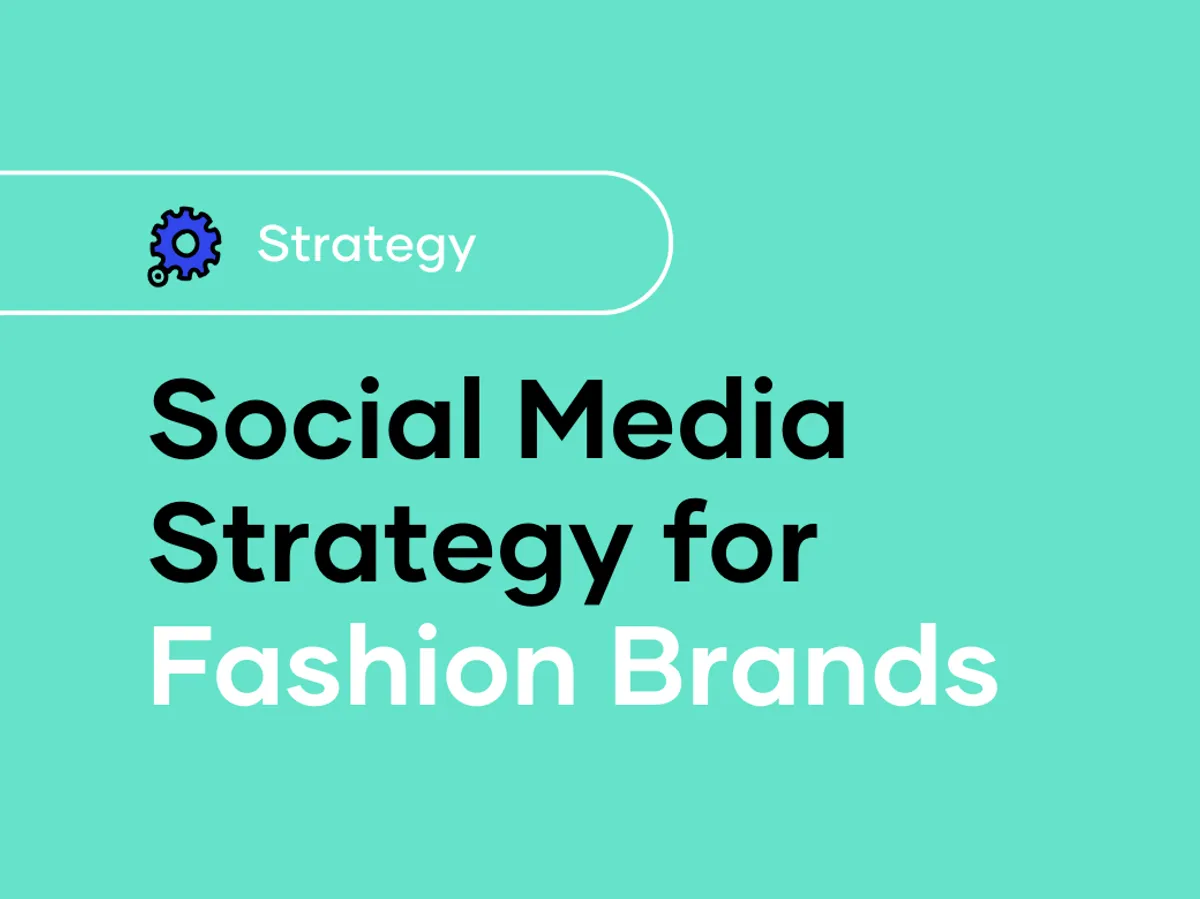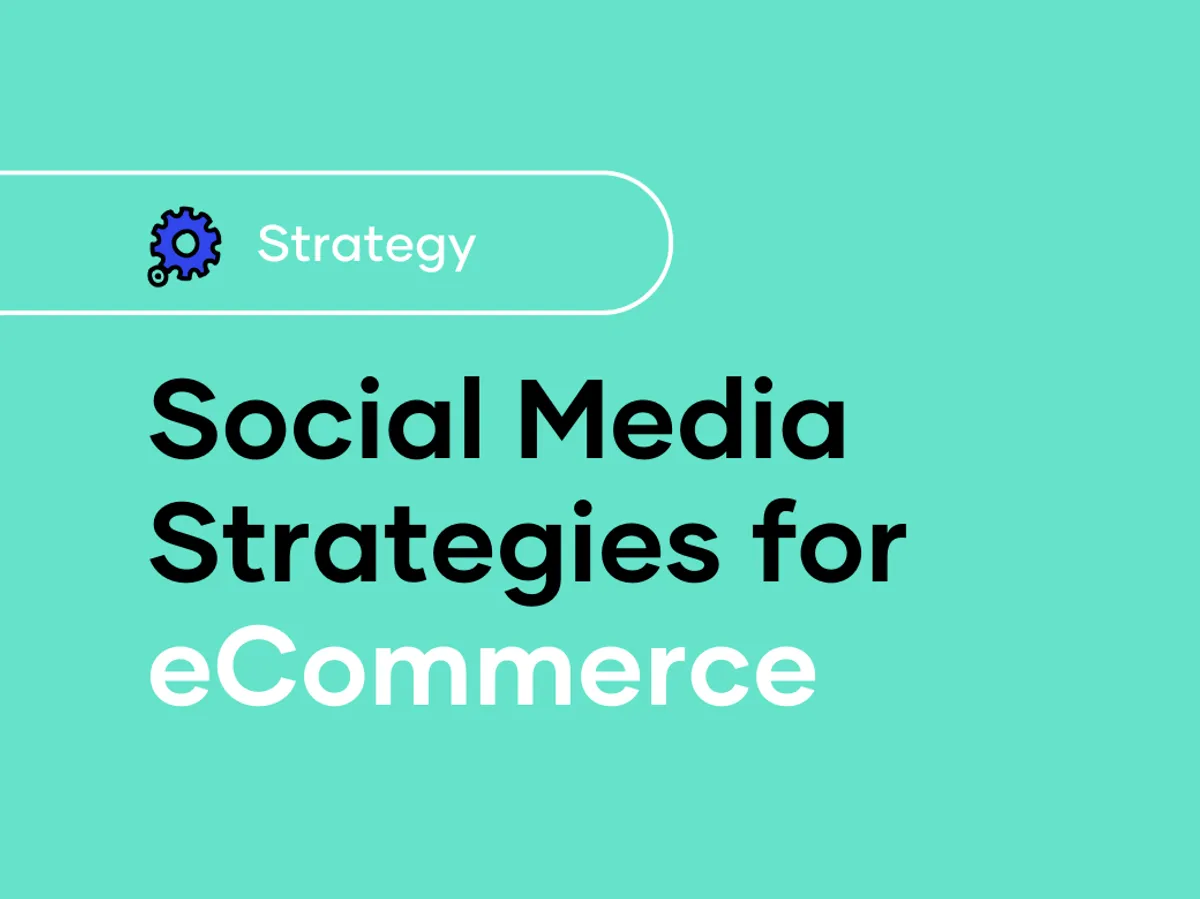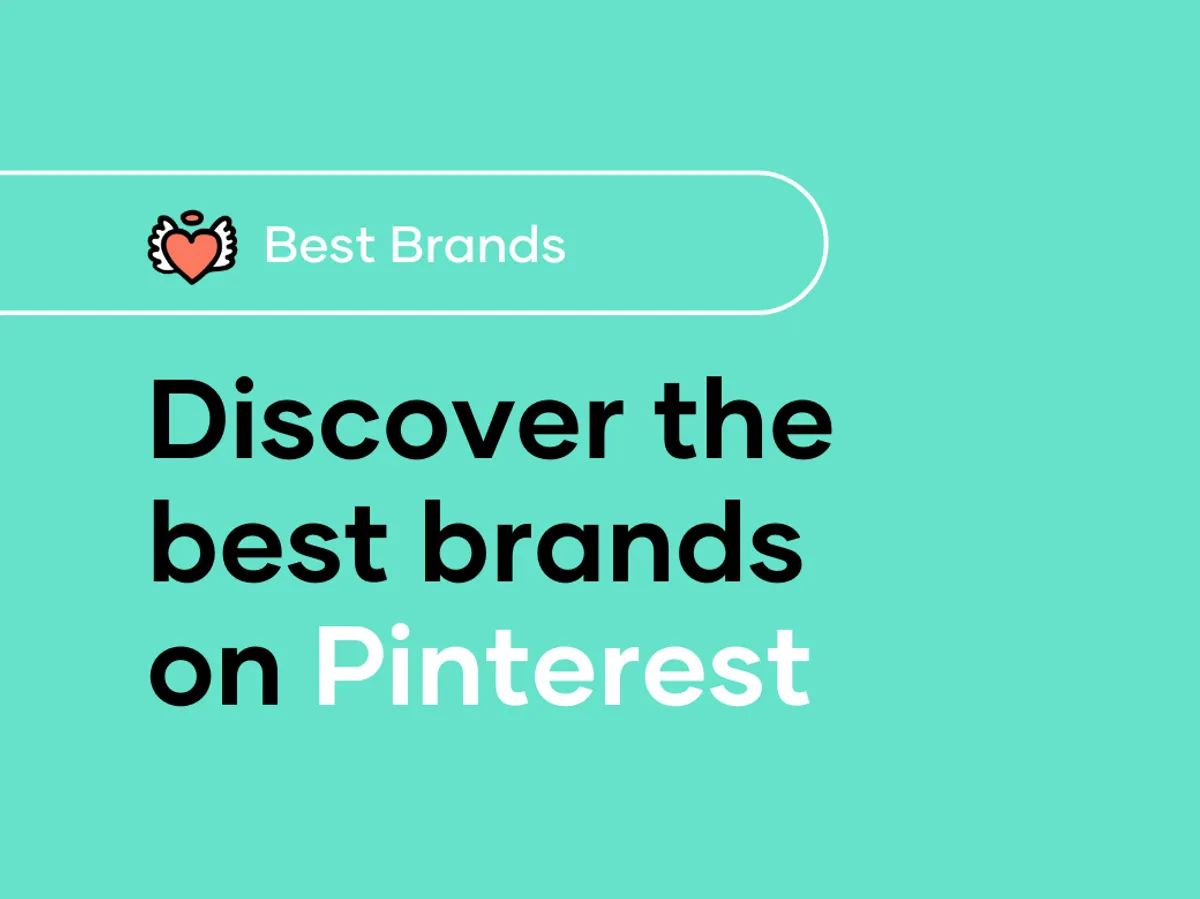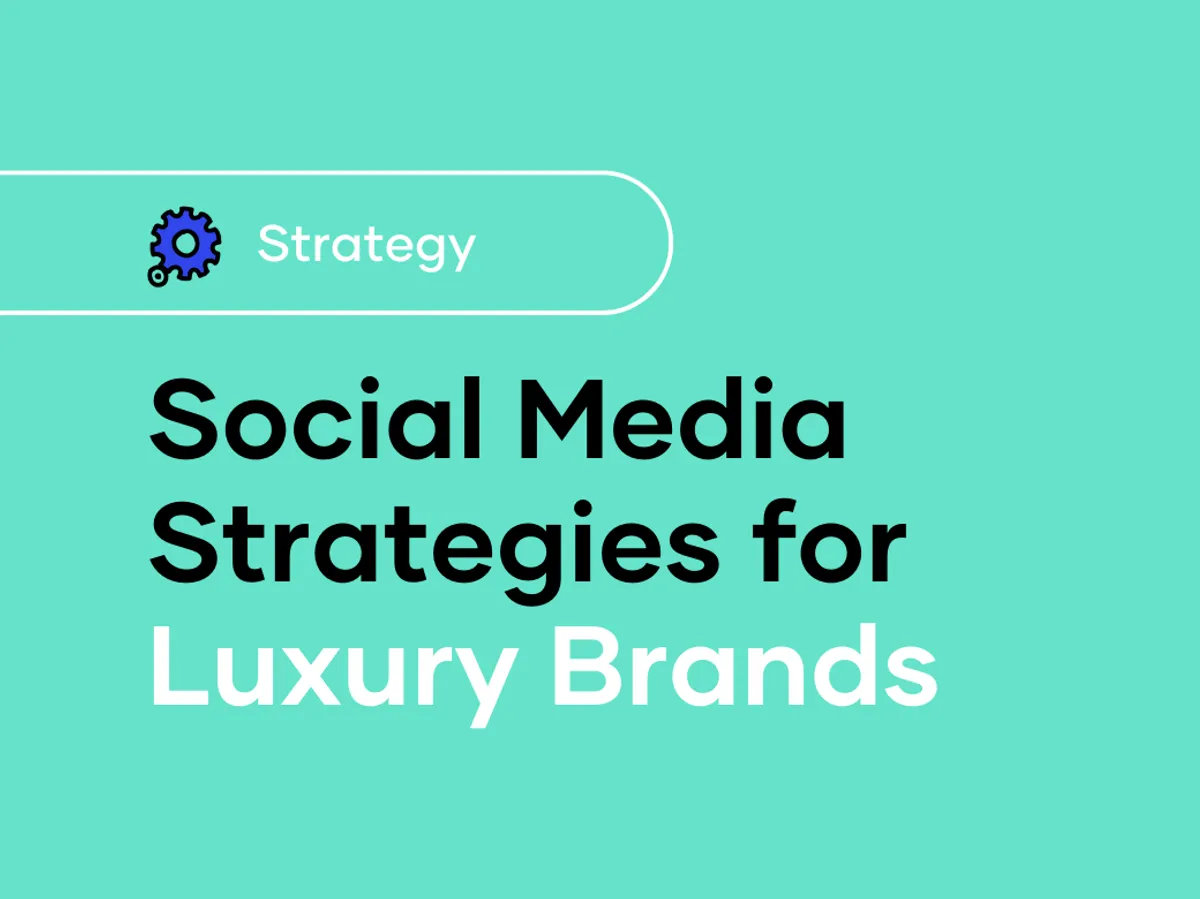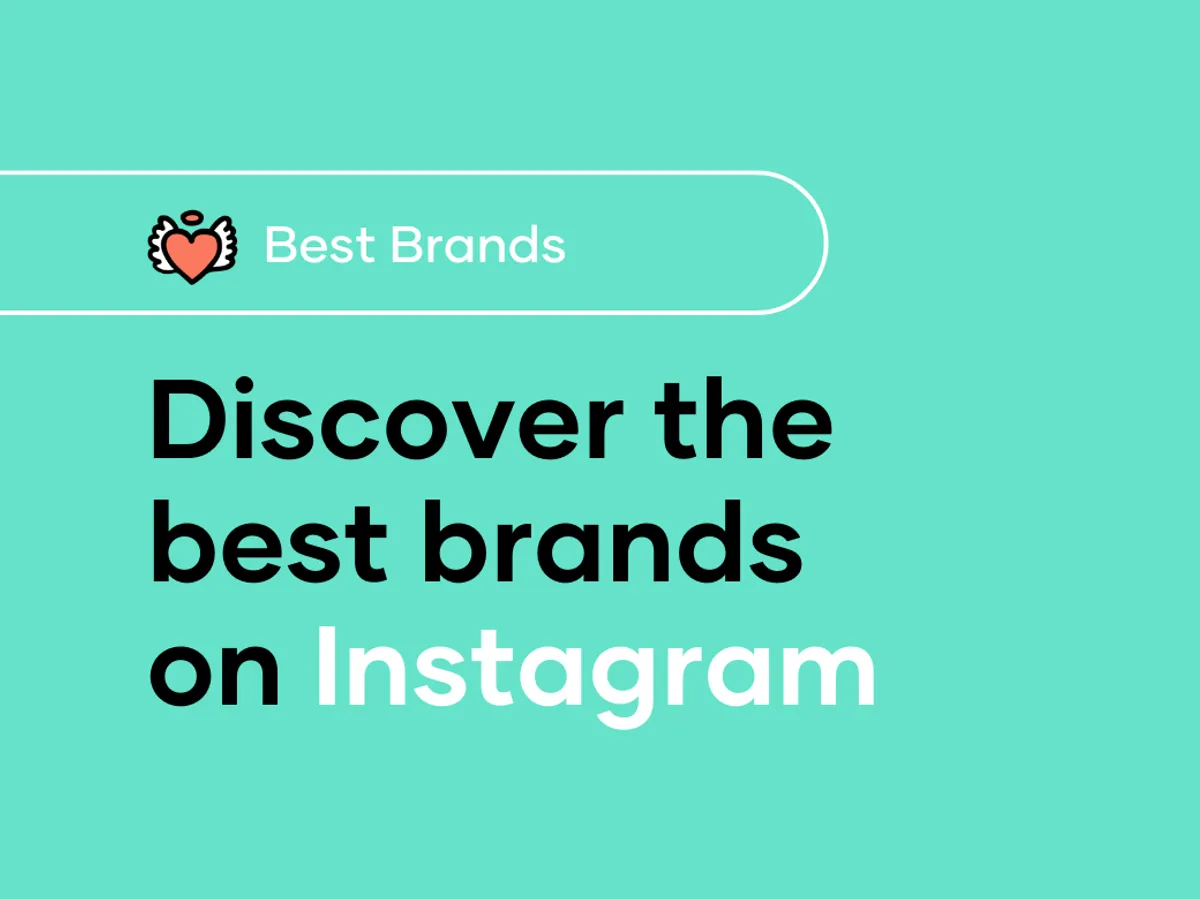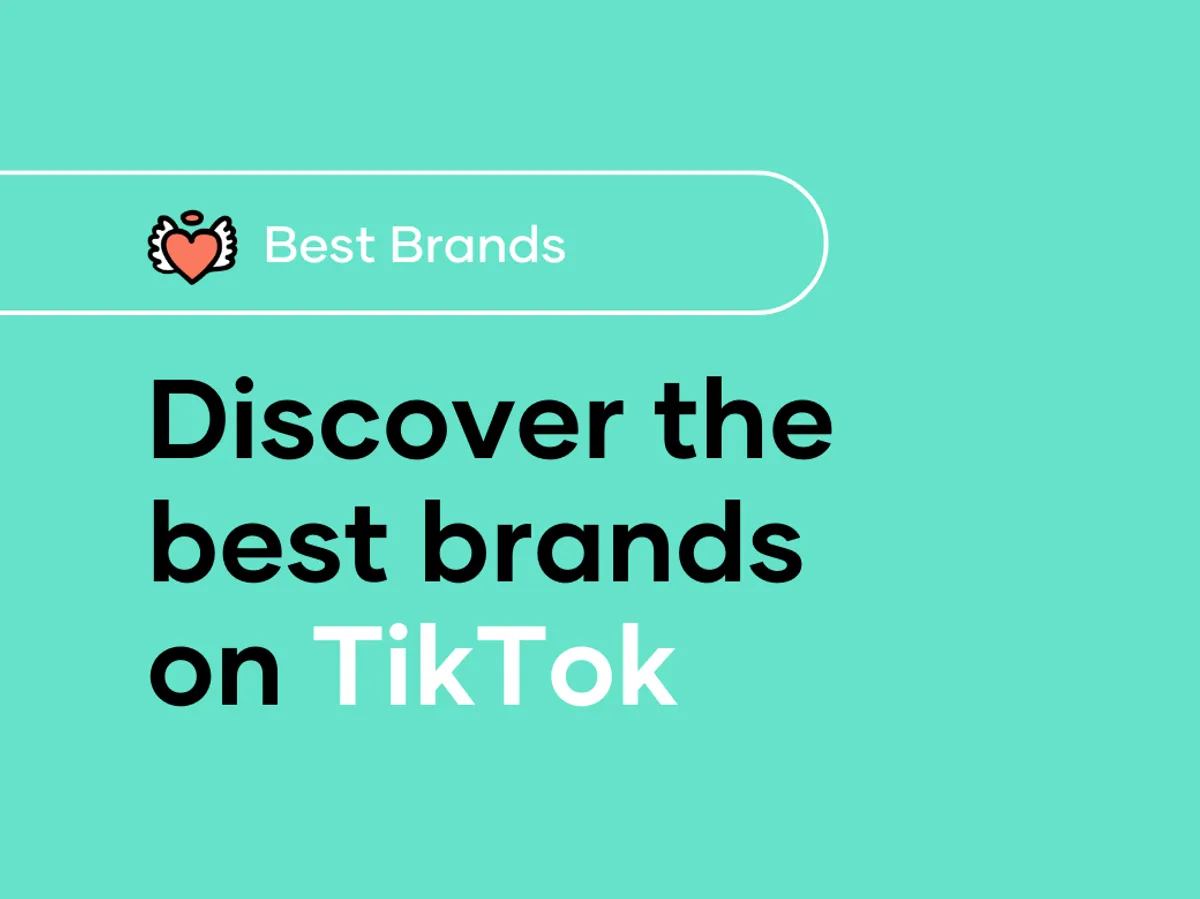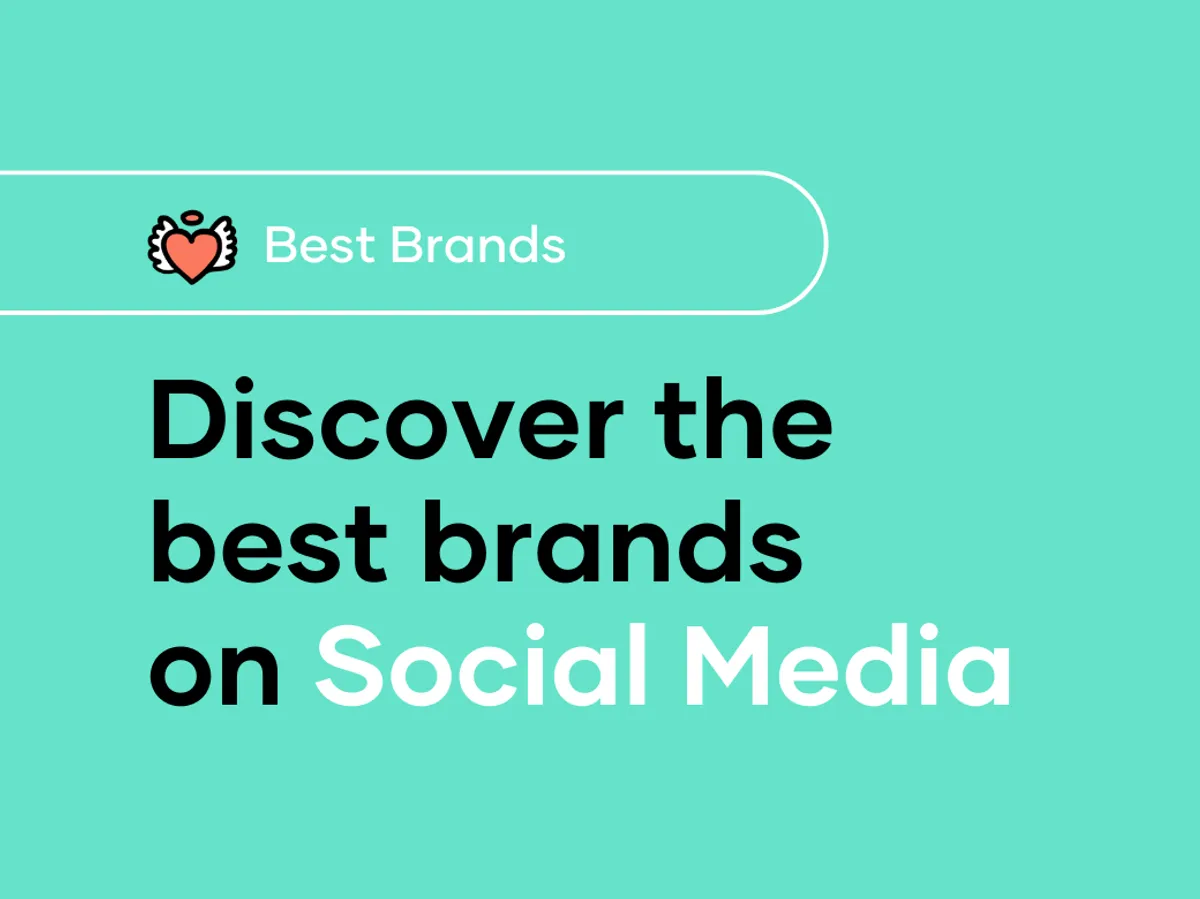Ultimate Instagram Business Guide for 2026

Contents
Initially launched in 2010, Instagram has become the fourth most downloaded app worldwide.
With more than 1 Billion Instagram users, Instagram is the perfect space for brands to be present, sharing entertaining content in line with their values, promoting their products and getting closer to their audiences.
Instagram has become the place for brands to be since more than 58% of people say that they’ve become more interested in a brand or a product after seeing it on Instagram Stories. This is the reason why Instagram has been pushing more features to help creators and businesses grow within the app, as well as to help them generate revenue.
In this article, we’ll explain all the basics you need to know to make the most out of this platform to benefit your business.
Ready? Let’s get into it.
Stay up to date
Why Instagram Marketing?
eCommerce businesses need to have a presence online, which means having a website and social media profiles on several platforms, with Instagram being one of the main ones.
Having a presence online helps businesses connect with their audience, since 90% of people follow a business on Instagram, and interact with them.
And on top of that, it’s a free platform that brands can benefit from to reach their audience, increase awareness, create brand recognition and build reputation.
Benefits of an Instagram Business Account
But, first things first. What are the benefits of setting up an Instagram Business account?
Add more details to your profile: You can add your brand’s industry, business address & a contact button.
Account analytics: Access your profile insights and learn more about your audience’s demographics, content interactions and what performs best.
Add links to Stories: Very helpful to tag every product you feature on Stories, as well as to redirect your audience to your website easily.
Access to Instagram Ads: Get better reach by putting some extra spend behind your posts, as well as create ad campaigns on Facebook & Instagram through Business Manager.
Instagram Shopping: A must-have if you sell products or services online since you can create a store on the platform so your audience can shop directly from the app.
Content Formats Available
Although Instagram has been pushing Reels a lot lately to compete with TikTok, there are several content formats you should use, depending on the content you’re sharing, and what kind of content your audience reacts to the best.
Static posts & carousels: The original content format and the one we shouldn’t forget.
Reels: Short-form video up to 90-seconds long.
Stories: They only have a 24-hour life span, but they allow the brand to engage further with the audience by using polls and stickers. Also, you can later save them on your profile highlights so your audience can still see them past the initial 24 hours.
Live: Live broadcasts can help the brand get closer to its audience by showing in real-time what goes on behind the scenes.
Create a Social Media Strategy
A good social media strategy has to be coherent across all social media channels. However, your content needs to be optimised for each platform to ensure you achieve the best performance possible.
Also, the main benefit is that having a strategy in place will save you time, as you’ve already set the guidelines for your content.
Moreover, it will help your brand achieve your goals more easily, whether you want to generate brand awareness or increase brand engagement.
Despite your industry, you’ll have to follow the steps below to create a fool-proof social media content strategy:
1. Set the goals: They should align with your business objectives. Maybe you want to create awareness, grow your audience, generate engagement, drive traffic to your website or get leads and sales.
2. Know your target audience: To know what content to share and your TOV, you’ll have to know who you’ll be talking to. Therefore, you’ll need to do some previous target audience research to know what your audience is interested in and engages with.
3. Choose your platforms: As we said before, you shouldn’t put all eggs in one basket, but you have to be smart and optimise content for each platform. However, ensuring a cohesive social media strategy across all platforms is important so your audience can easily identify you.
4. Set up metrics tracking: According to the goal you’ve chosen, you will have to set some KPIs to measure how your strategy is doing and where you need to put some extra effort. Maybe you’re looking for reach, clicks, engagement or even brand sentiment.
5. Create the content: The fun part. Maybe you have some existing assets you want to repurpose and optimise for Instagram, or maybe you need to create from scratch. We always recommend putting your content into one of our four content pillars to ensure you’re delivering variety to your audience: entertain, promote, inspire and educate.
6. Schedule the content: Planning in advance will save you a lot of time, as you can schedule content ahead of time and also keep in mind key dates you want to create special content for.
7. Measure and improve: As we previously mentioned, the Insights provided by the platform itself can be very valuable to see how your audience is reacting to your content and what they enjoy the most.
Types of Influencers & Benefits of UGC
Another good way to get some extra reach and build your community is by using Influencer Marketing. 93% of marketers have used Influencer Marketing, which proves its rising popularity and efficiency.
With the rise of social media, some users have positioned themselves as opinion leaders, experts and prescribers who have built trust with their audiences. For instance, 38% of consumers trust branded social media content and 61% trust influencer recommendations.
So, why not use them to benefit your brand?
There are different types of influencers that will work best for different marketing goals:
Nano (up to 10k followers) & micro-influencers (from 10k to 100k): Higher engagement rates, so better for engagement and conversion campaigns.
Macro (from 100 to 1M followers) & mega-influencers (above 1M): Higher reach so better for awareness campaigns.
Also, it’s important to keep in mind the power of user-generated content, as it comes across as 2.4x more authentic, genuine and organic, than content created by brands. A good way to get as much of this content as possible is by creating a branded hashtag which consumers use to share their pictures, or by working with content creators.
Best Practices for Hashtags
As previously mentioned, hashtags can be a good ally to get hold of UGC to use on your brand’s Instagram. But, it’s not the only reason why they can be very useful.
Hashtags can help you find your niche and reach the right audience by using relevant hashtags.
And now the million-dollar question. How to choose the right hashtags?
Find topics your audience might be interested in that also represent your brand.
Put those topics into a hashtag generator.
Check on Instagram if those hashtags are active.
Use a mix of broad (3M+) and niche (under 3M) hashtags. We recommend using 3 to 5 on feed posts and 3 to 4 on Instagram Stories.
Do not use the same hashtags repeatedly, as the Instagram algorithm will notice and stop pushing your content.
Check Your Insights
Despite how good your Instagram strategy can be; you need to check your content’s performance, see what works, and make any changes needed.
The insights section on your profile will give you useful analytics about what your audience wants to see, what they engage with the most and what type of content you should create more of.
Also, it’s very useful to see any performance on tests you might be running, whether it’s a new feature or content format.
With Instagram being one of the top social media platforms in the world, having a content marketing strategy in place to promote and generate awareness for your brand online is a must for any eCommerce.
Whether you want to create it yourself or choose a Social Media Marketing Agency to create and manage it on a daily basis, it’s important to get to know the platform and stay up to date with any new features and changes happening, as they could benefit even more your business.
At The Social Shepherd, we have an Organic Social team that will create a fool-proof strategy for your brand, alongside the Creative and Paid Social departments to curate and create content, as well as boost performance with some extra spend behind your posts.

You might also like
Don’t be sheepish
let’s talk

